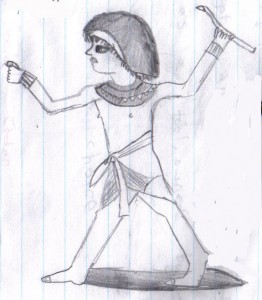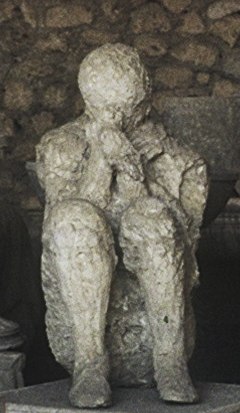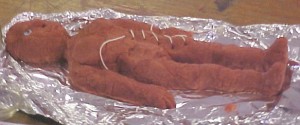Ever felt like writing your diary in a dead language? I can picture you saying, “I’m all for scholarship and intellectual brilliance, but I’m not silly. What point could there be in that?”
The picture shows Jean-Francois Champollion. It is a public domain image from wikimedia.commons.
It just so happens that one man did just that and his eccentric act led to unexpected benefits for the study of history. As a boy Jean-Francois Champollion, the man credited with the decipherment of hieroglyphics, used to write his journal in Coptic, the language used by the early Christian Church in Egypt, but long since dead. A language is considered dead when no living child speaks it as his mother tongue. No living child had spoken Coptic for almost two thousand years, but it turned out to be the only written language that could provide clues to the sounds of ancient Egyptian speech.
______________________________________________________________
Never suspecting that Coptic might supply the vital link to understanding hieroglyphics, Champollion learned it as a teenager, along with several other dead languages. It was knowledge that he placed on the back-burner of his mind. One day that knowledge would burst into flame. One day it would illuminate the study of ancient Egypt.
________________________________________________
In order to read the fascinating story behind the decipherment of ancient Egyptian hieroglyphics, go to this link:
http://www.bbc.co.uk/history/ancient/egyptians/decipherment_01.shtml
_______________________________________________
As you read, look for answers to these questions (and perhaps write or type brief notes to add to your assignment):
-
There was a false hypothesis that hampered many scholars as they tried to decipher hieroglyphs. What was it?
-
What was the Rosetta Stone and why was it a key to understanding hieroglyphics?

-
How did the recognition of the cartouche help with the process of decipherment?
- When and how did Champollion finally work out that the hypothesis was wrong and that the “soul of hieroglyphics”, as he later wrote, was phonics?
******************************************************************************
There is of course a moral to this story. (There’s a moral to all my stories.) You may think something you’re learning now is nothing but whimsy on your part or a cruel imposition by your teachers. Put it on the backburner and let it gently simmer. One day in a decade or two it might help you to find a job, learn a new and wonderful skill, make another person happy, or change the world.
Kind regards,
Ms Green




 Hi, 7E! I’m sorry I’ve deserted you yet again. On Monday I was sick, yesterday you were doing that special seminar, and today I’m going to a conference. Tomorrow I promise to meet you face to face once again.
Hi, 7E! I’m sorry I’ve deserted you yet again. On Monday I was sick, yesterday you were doing that special seminar, and today I’m going to a conference. Tomorrow I promise to meet you face to face once again. Today you have two choices:
Today you have two choices: 
 By the way, I’m planning the mummification for late next week. Next week is going to be full of hands-on history activities – some more gruesome than others.
By the way, I’m planning the mummification for late next week. Next week is going to be full of hands-on history activities – some more gruesome than others.